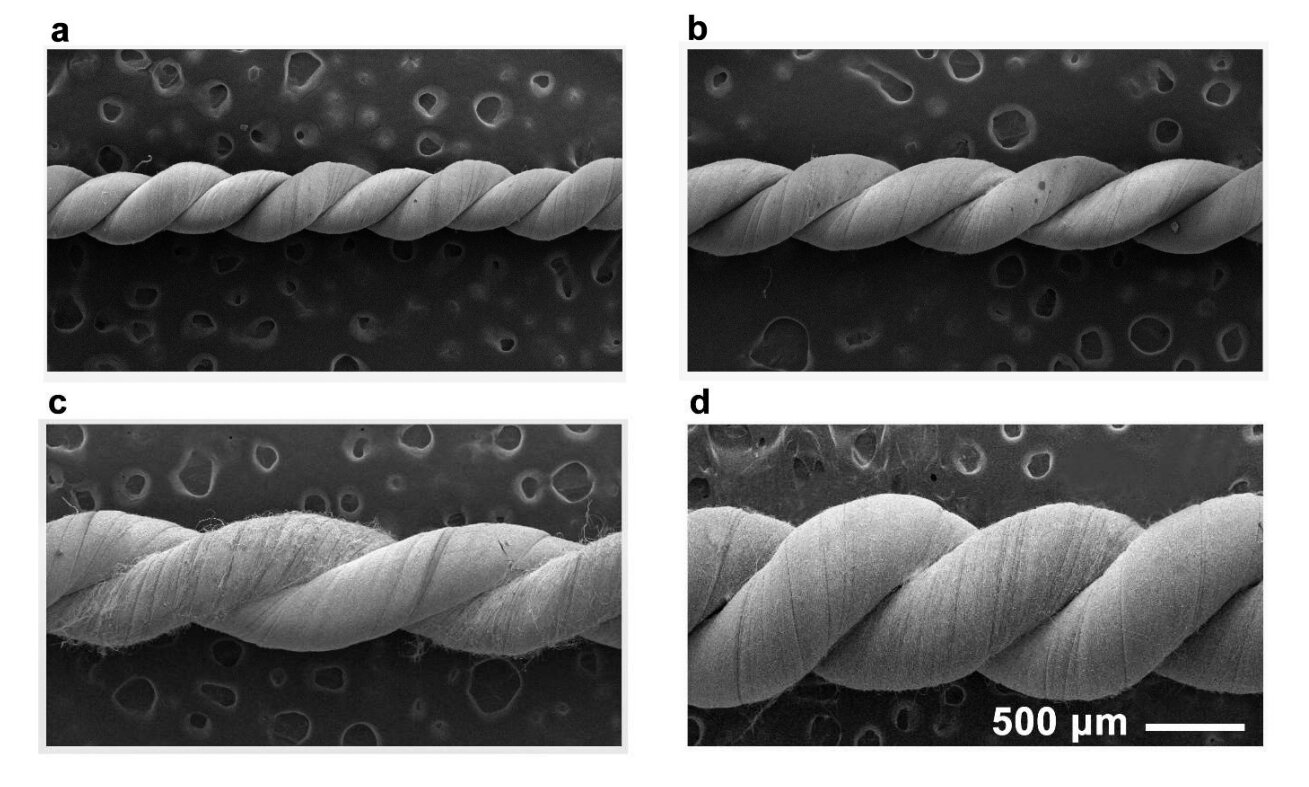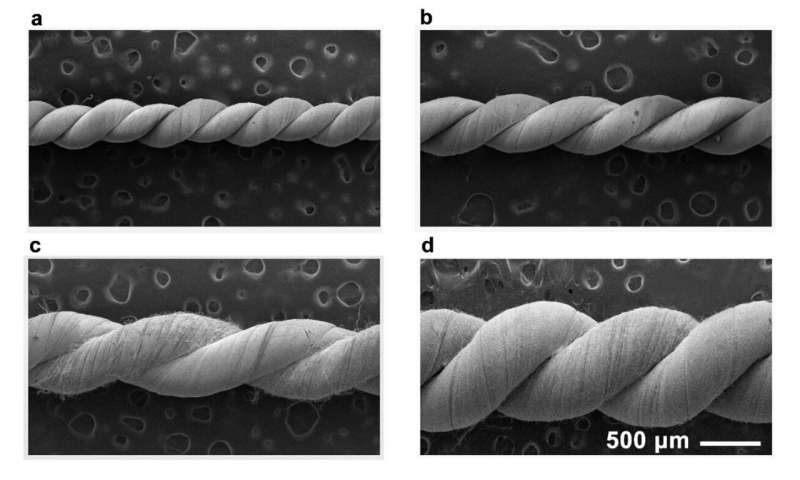

Scientists have developed a bioinspired yarn capable of harvesting water from fog, providing an innovative solution to water scarcity in arid regions. By imitating the alternating hydrophobic and hydrophilic patterns seen in desert beetles and the water-transporting abilities of micro/nanoscale one-dimensional spider silk, this double-strand yarn accelerates droplet formation, offering a promising approach to tackling the global water crisis.
Water scarcity is an increasingly urgent issue, particularly in remote and dry regions where access to fresh water is limited. Conventional methods of atmospheric water collection are often inefficient due to high energy demands or slow water release processes. Nature, however, offers solutions through organisms that have evolved highly efficient water-gathering mechanisms. In response to these challenges, there is a clear need to develop advanced materials that can improve water harvesting efficiency.
In research published in the Chinese Journal of Polymer Science, scientists from the Beijing Institute of Graphic Communication and Beihang University unveiled a double-stranded yarn with alternating hydrophobic and hydrophilic properties. Inspired by the water-collecting abilities of desert beetles and spider silk, the yarn, produced using electrospinning and twisting techniques, is designed for high-efficiency fog collection, addressing the critical need for sustainable water sources.
The research highlights the development of a double-stranded yarn made from hydrophobic poly vinylidene fluoride-co-hexafluoropropylene (PVDF-HFP) and hydrophilic polyacrylonitrile (PAN) nanofibers, inspired by natural fog-collecting organisms like desert beetles and spider silk. Using electrospinning and twisting techniques, the team engineered the yarn with alternating hydrophobic and hydrophilic segments, creating a structure that mimics nature’s water-harvesting mechanisms.
The hydrophobic sections promote rapid water droplet accumulation, while the hydrophilic sections enhance the transportation of these droplets, allowing for faster coalescence and collection. When tested in a controlled fog environment, this yarn demonstrated a significant improvement in water collection efficiency, achieving a rate of 3.20 g·h−1·cm−2.
The combination of hydrophobic water capture and hydrophilic water transport proved to be far more effective than using homogeneous yarns. This innovation presents a scalable solution, offering high performance in fog-rich environments, and could be vital for improving water access in drought-prone regions.
Prof. Yong Zhao from Beihang University, an expert in bioinspired materials, stated, “This advancement shows how biomimicry can drive highly efficient and sustainable solutions to global challenges such as water scarcity. The alternating wettability design emulates nature’s precision, significantly boosting fog collection performance.”
The research has broad implications, particularly for regions facing severe water shortages. The yarn’s scalable and efficient design makes it ideal for use in fog-prone areas, offering a reliable source of freshwater. This breakthrough also paves the way for future innovations in water-harvesting technologies, with the potential to enhance the sustainability of atmospheric water collection systems worldwide.
More information:
Lan-Lan Hou et al, Bioinspired Double-stranded Yarn with Alternating Hydrophobic/Hydrophilic Patterns for High-efficiency Fog Collection, Chinese Journal of Polymer Science (2024). DOI: 10.1007/s10118-024-3109-5
Provided by
Maximum Academic Press
Citation:
Bioinspired yarn can harvest water from fog (2024, September 30)
retrieved 30 September 2024
from https://phys.org/news/2024-09-bioinspired-yarn-harvest-fog.html
This document is subject to copyright. Apart from any fair dealing for the purpose of private study or research, no
part may be reproduced without the written permission. The content is provided for information purposes only.